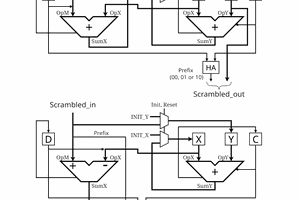The details about the S/PDIF protocol are standardized worldwide as IEC-60958. Unfortunately the IEC asks ridiculous amounts of money (hundreds of dollars) for a copy of the standard. As a hobbyist, I don't have wads of cash that big lying around.
The good news is that the Bureau of Indian Standard makes their own version of the standard available for non-commercial purposes, and it can be found at:
- https://archive.org/details/gov.in.is.iec.60958.1.2004 (part 1)
- (there is no part 2 as far as I know)
- https://archive.org/details/gov.in.is.iec.60958.3.2003 (part 3, consumer)
- https://archive.org/details/gov.in.is.iec.60958.4.2003 (part 4, professional)
In this project, I want to find a way to decode the information from Part 3 (I don't have any devices that use part 4), but before I can get there, I have to also implement hardware and software to implement part 1.
There are many descriptions of the S/PDIF standard online such as this one: http://www.epanorama.net/documents/audio/spdif.html. It has also been described many times in magazines such as Elektor. The following is a description in my own words of the most important parts of the S/PDIF standard, based on the information in the BIS documents.
 Jac Goudsmit
Jac Goudsmit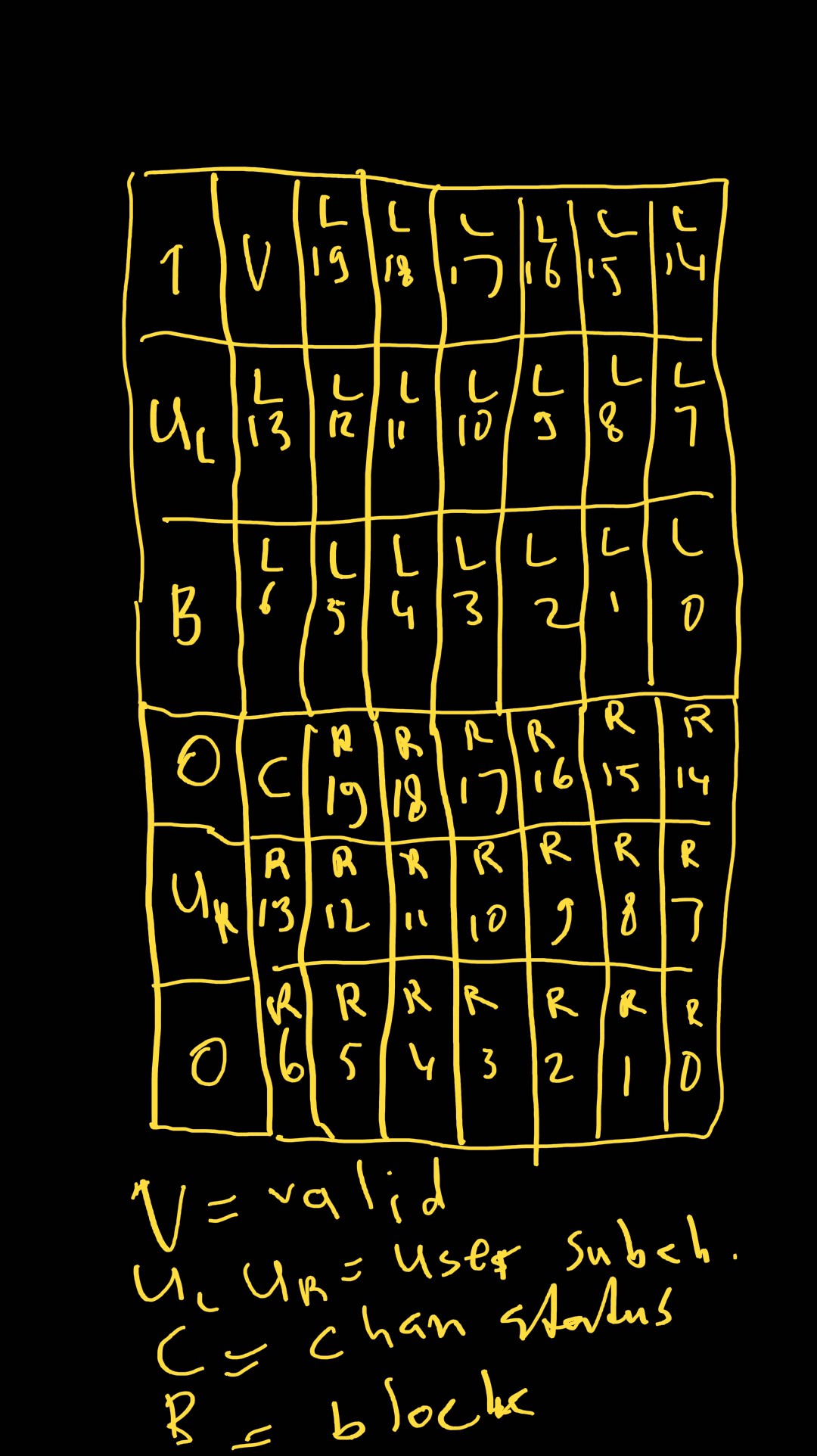
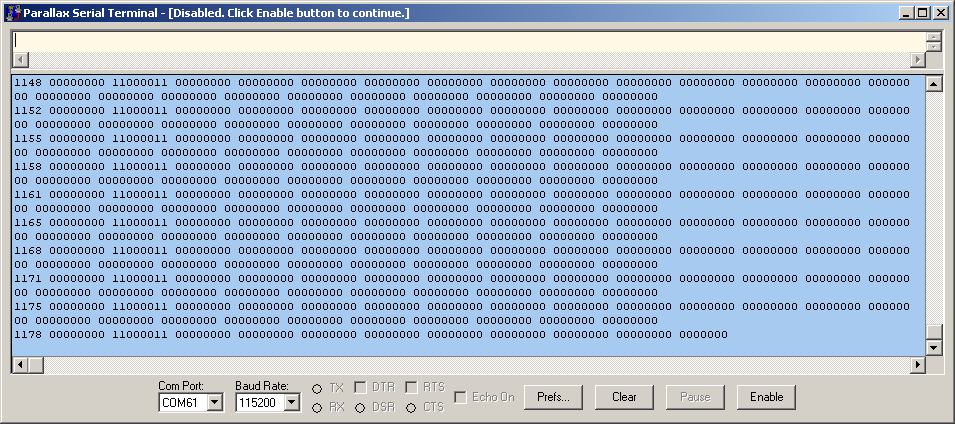
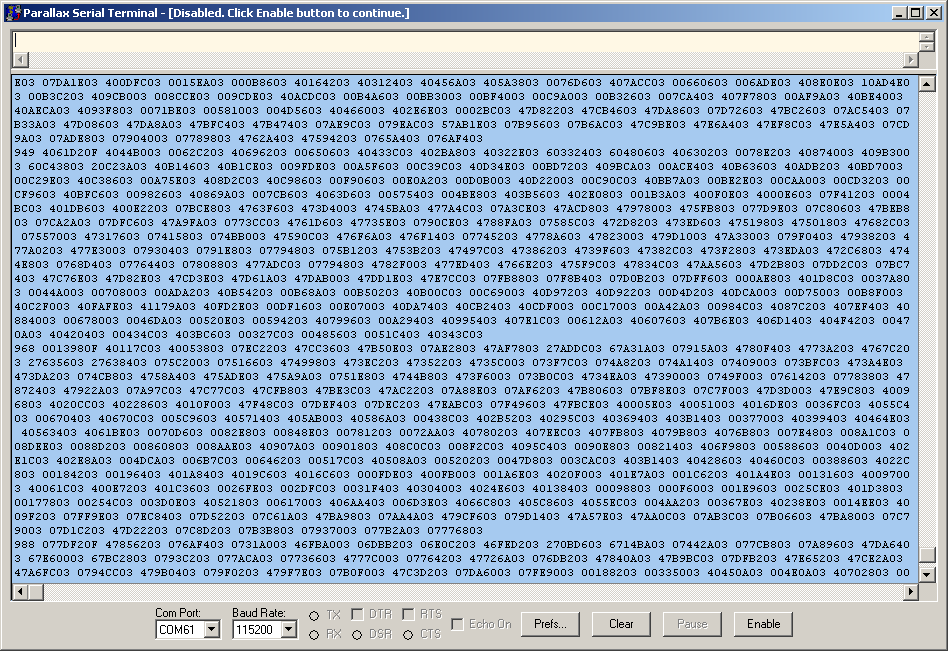
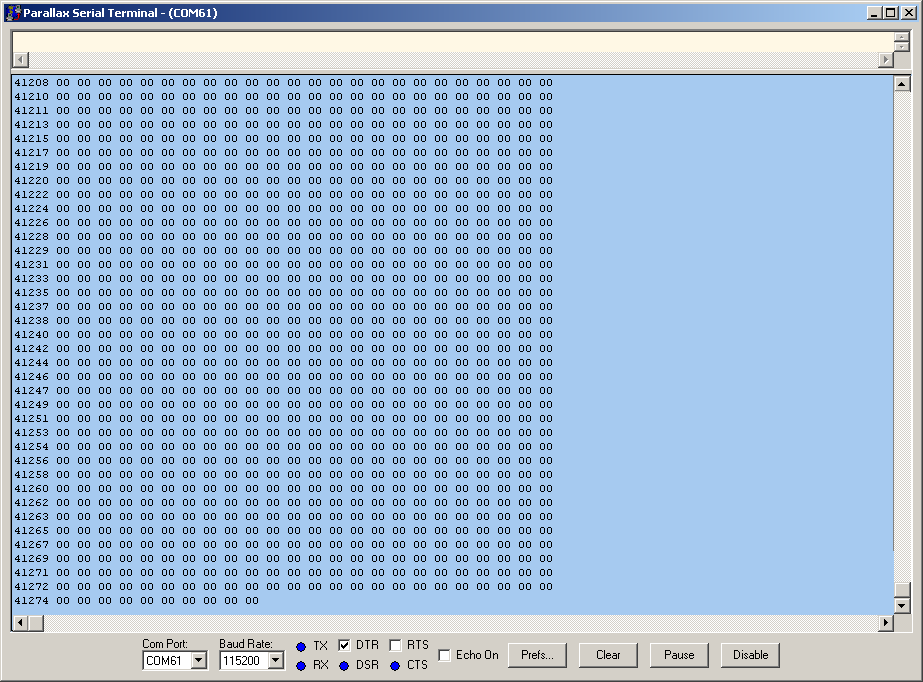
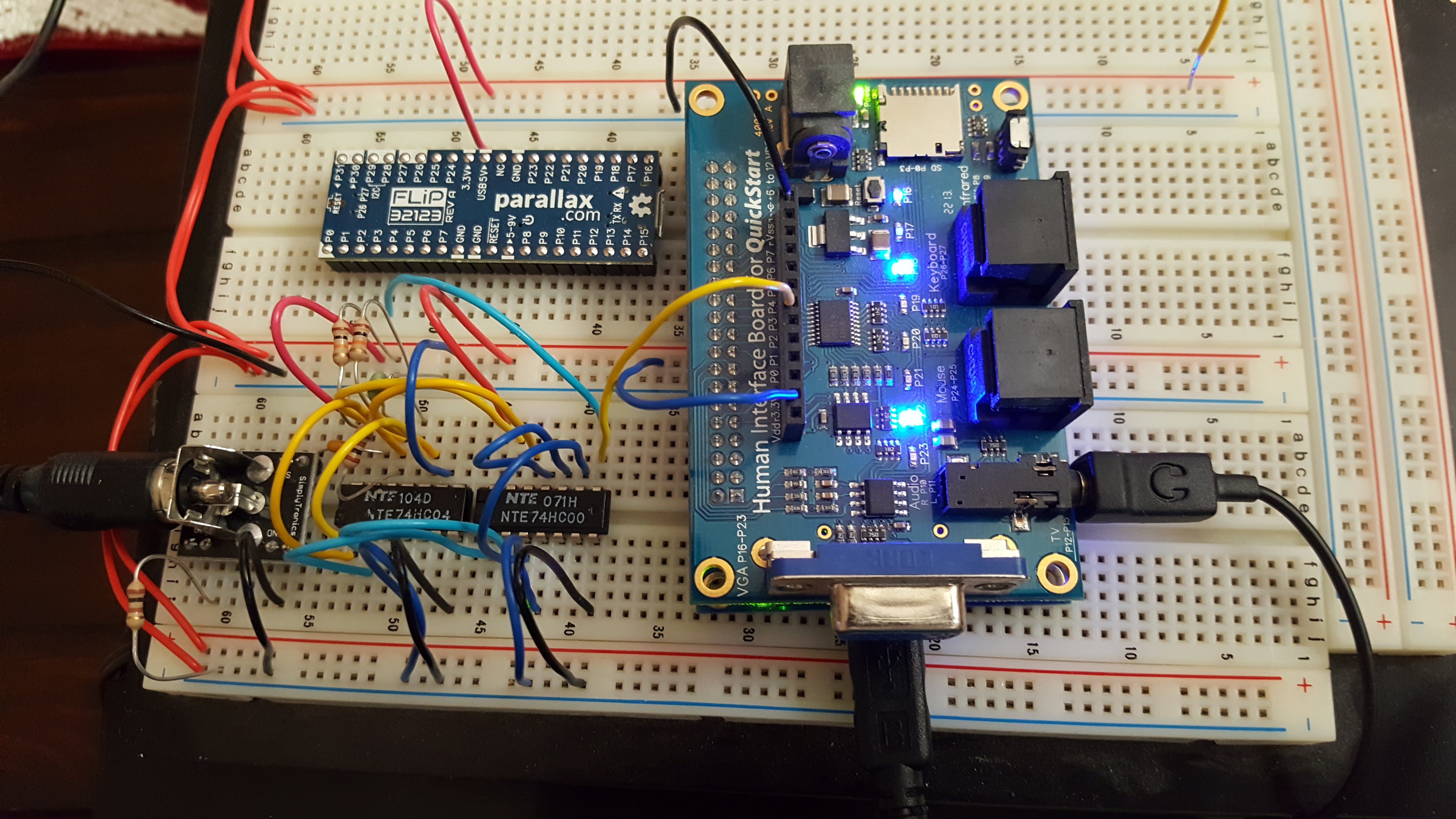
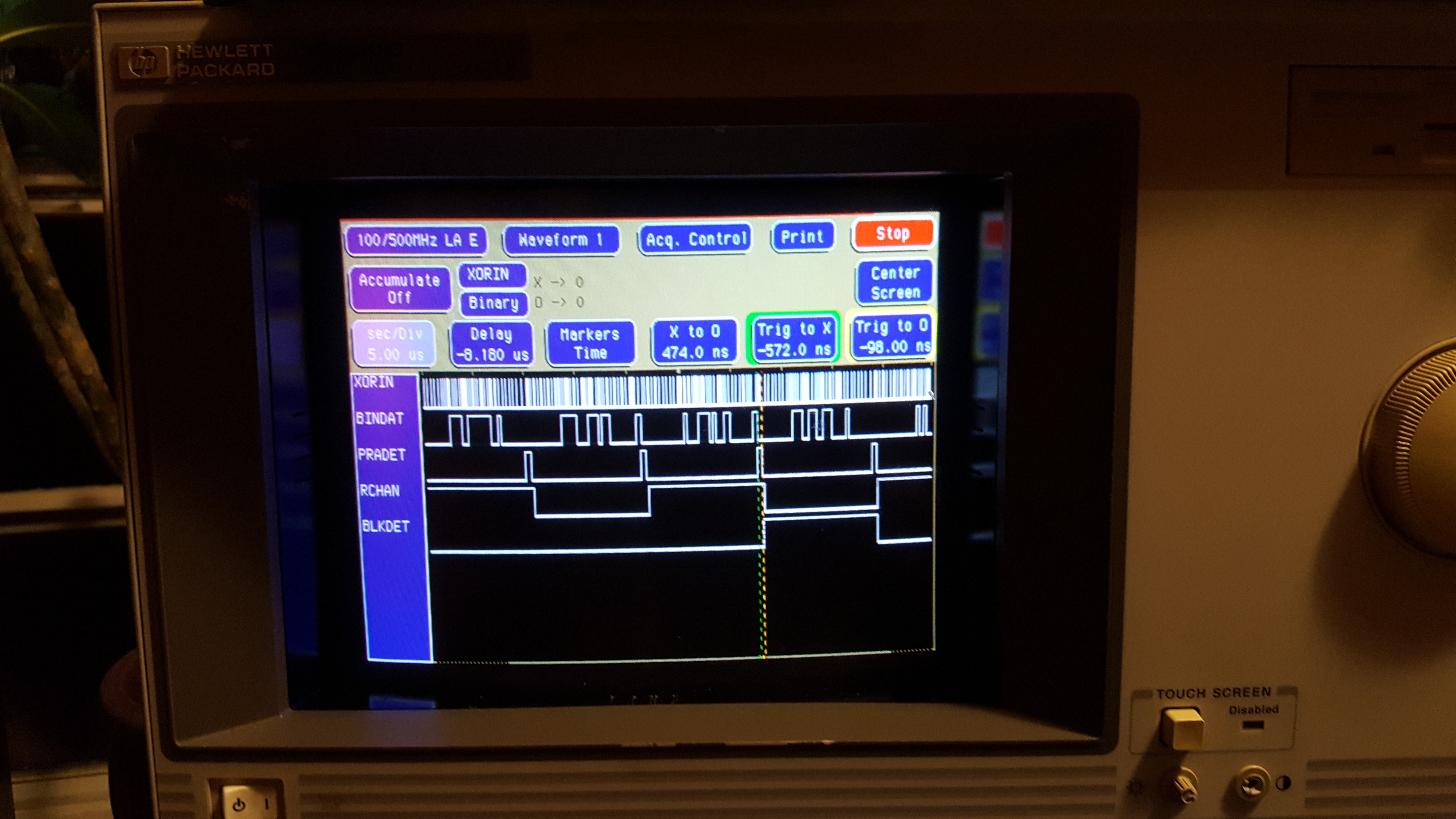

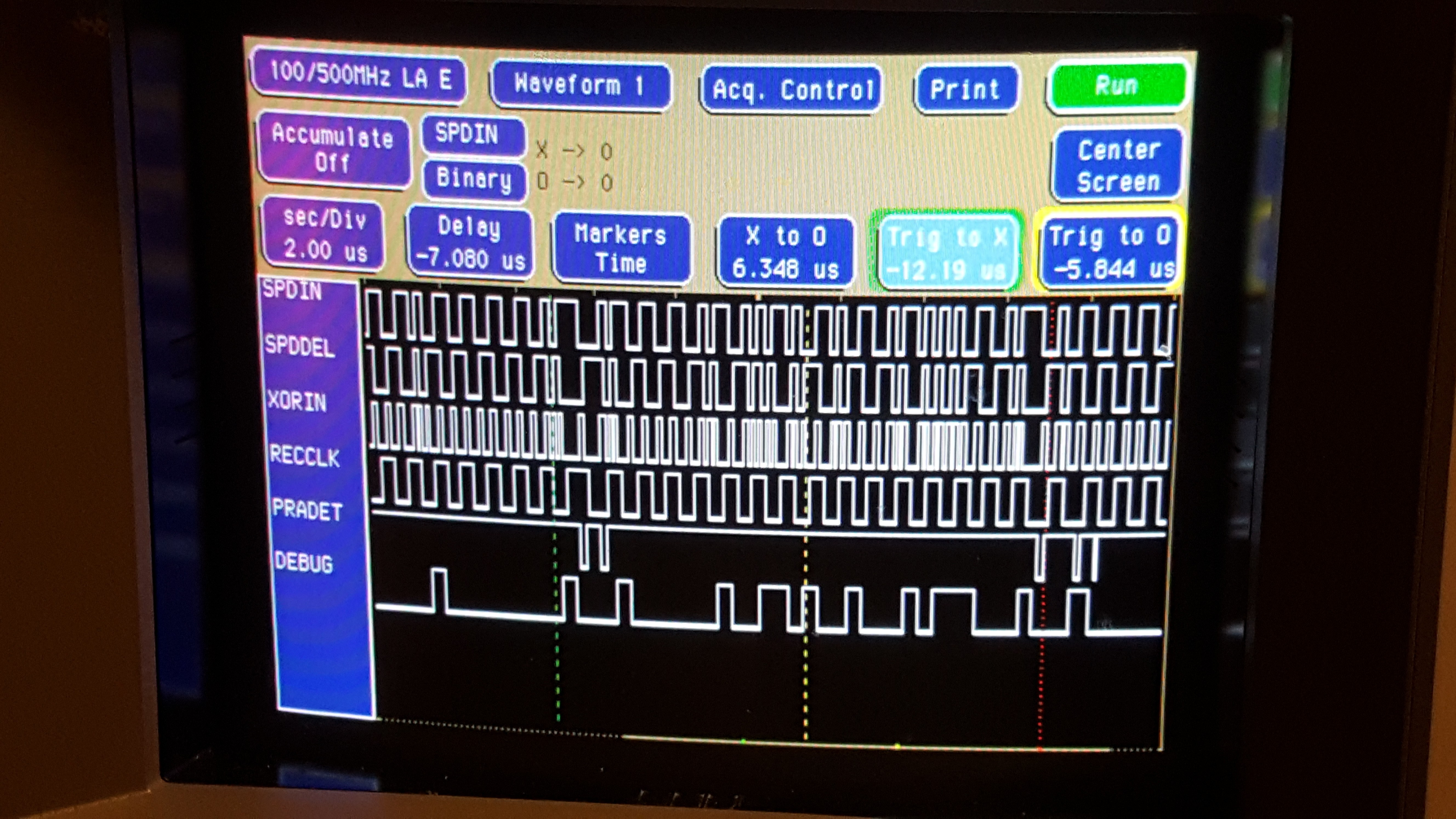
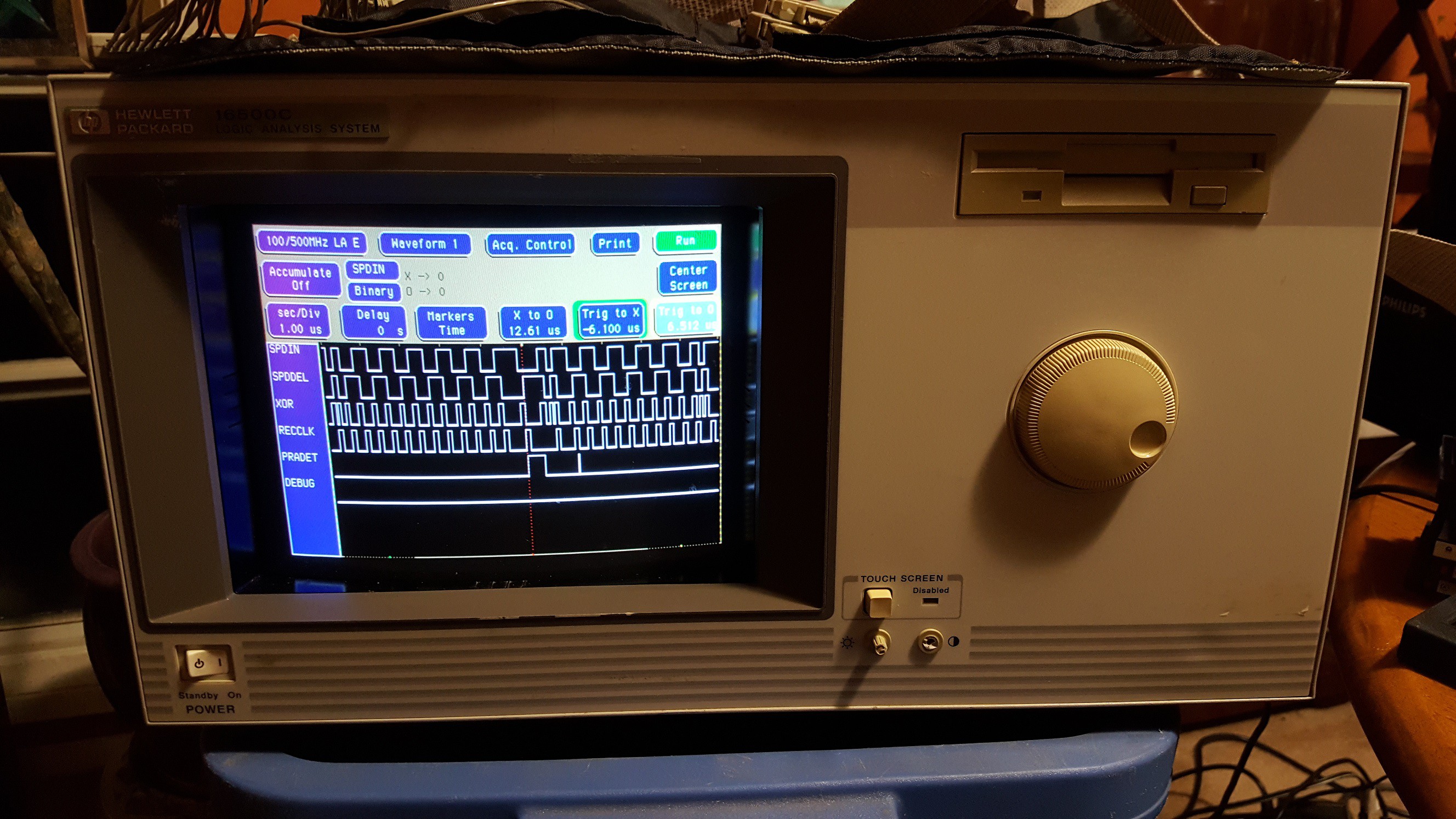
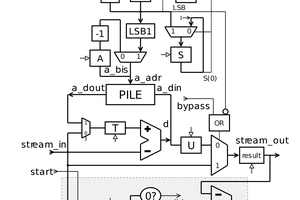
 Yann Guidon / YGDES
Yann Guidon / YGDES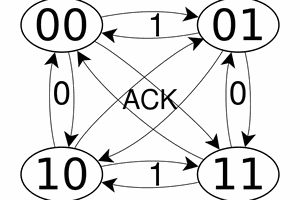
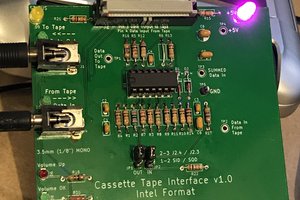
 Craig
Craig